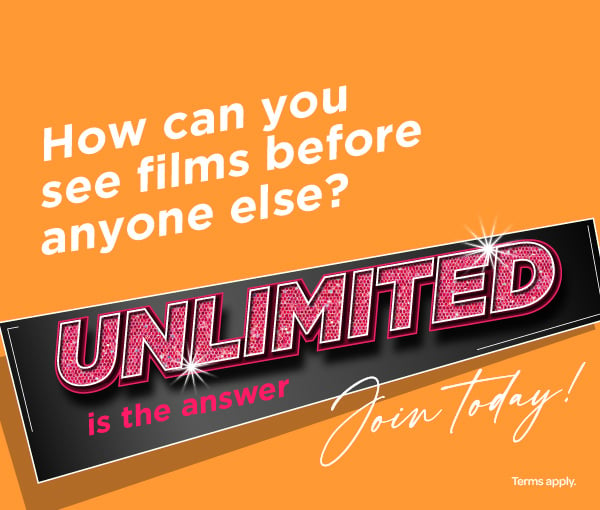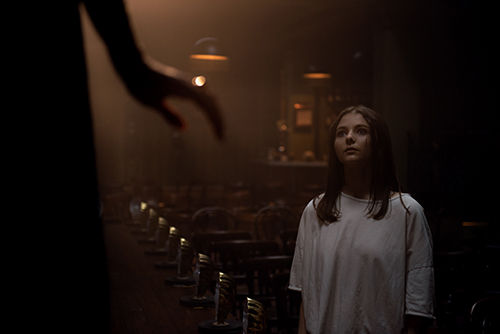
How does one categorise an Edgar Wright movie? In an era where so many British movies are demarcated along the lines of period drama or kitchen sink realism, Wright's irreverent brand of filmmaking is a blast of fresh air.
By channelling his passion for various genre strands, ranging from the zombie movie (Shaun of the Dead), to the car chase thriller (Baby Driver), Wright scratches a particular itch. He assimilates key ingredients of past classics and pumps them up with an endorphin rush of nostalgia, quick-paced editing and gallows humour.
With every one of Wright's films, the end result is a mixture of the familiar and the unique, a whiplash study in contrasts between thrills and spills, horror and humour. His latest movie, Last Night in Soho, is his first fully-fledged excursion into horror filmmaking, although past efforts like Shaun and Hot Fuzz have had their horrific moments.
Wright delivers a love-letter to the hip-shimmying, Vidal Sassoon-styled 1960s, not to mention the thrillers that came with the period, from Michael Powell's Peeping Tom to Dario Argento's lurid giallo offerings. Yet Wright also exposes the festering, seedy underbelly of the period, focusing on a young girl (Thomasin McKenzie) who travels from Cornwall to London to start a bright new career as a fashion designer.
However, when McKenzie's character Eloise discovers that she can travel back in time to the 1960s, she finds herself in the body of aspiring nightclub singer Sandy (Anya Taylor-Joy). The lines between wish fulfilment and terror become increasingly blurred as Eloise becomes embroiled in a grisly mystery with supernatural, time-splicing overtones.
We were delighted to catch up with Wright to discuss his collaboration with writer Krysty Wilson-Cairns (1917), the challenges of recreating swinging, sexy Soho and the ghosts that are deeply embedded in the UK's capital city.
It's brilliant to talk to you, Edgar. To begin with, I thought you captured the uprooting of Thomasin McKenzie's character really well, that sense of moving from a rural idyll to a big city. I'm from the south-west so it really resonated with me. Did you draw on your own experiences to make that authentic?
For sure. I guess it's like a combination of experiences. I'm always happy to talk about this because people often assume that everything in the movie is a reference to a film! I came from Somerset to London. My sister-in-law came from Cornwall to London and studied fashion at art college. I also went to art college. Krysty came from Glasgow to London. My mum went to art college and studied dressmaking. And both Krysty's mother and grandmother did dressmaking.
Myself, my brother, my sister-in-law, we all came from the West Country to London. And you know, coming to the big city is a really forbidding experience at first, if you have no money, no connections, no friends. You always feel completely outstripped. Something I find really heartbreaking in the movie, because of the way Thomasin McKenzie plays it, is Eloise is so sure of herself and so happy in the opening minutes of the movie. And as soon as she gets to London, that individuality is snubbed out. It's really sad.
When Eloise moves out of the halls of residence and finds the bedsit owned by Diana Rigg's character, she's already in retreat once. She's retreating into this other life to recreate the experience of her sixties-themed bedroom back in Cornwall. That then becomes her second mode of retreat. You've got a character who's running away from modern-life problems and that's how the story starts. And that's how the problems start: you're retreating from trying to make it in the modern world.
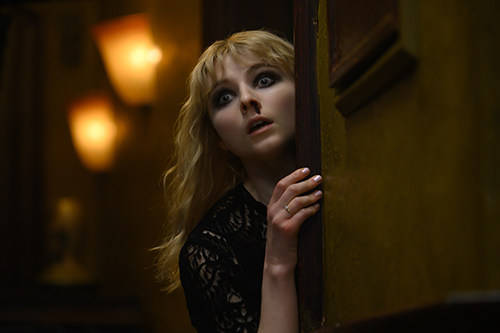
The film is a very interesting comment on nostalgia, in that it's idealised and romanticised, and yet in the film, that very sense of nostalgia curdles and begins to darken. It's about what's lurking beyond the 1960s trappings and aesthetics that we know and love. Was that always a bedrock of the script or did that evolve organically during the process of working with Krysty?
The story was always like that. If anything, Krysty coming onboard brought a different perspective to it. In some ways, it was like a validation of what was already in there because she could speak to that from her perspective, that of being a young woman coming to London. I asked her, 'What are the worst things you've heard since living in London?' Hence why there are bits of dialogue in the film like the taxi driver dialogue or the obscene pick-up lines heard in the bar. I'm glad you used the word 'curdle'. In the last four years, victims have started to speak for themselves. Prior to that, there are a lot of dark stories around show business that would either be second or third-hand stories. Even worse, they might be malicious gossip written by men in books about the industry.
For every success story in show business, there are so many people who didn't make it, and some of those stories are really tragic. I would find myself reading about showbiz or crime stories, about lives that were snubbed out or careers that didn't happen. I'd find myself grieving for people that I didn't know. Reading about cold cases and stuff. It would really haunt me. Just before I was making The World's End, I was thinking of making this as a movie. I and my producer Nira Park hired a researcher named Lucy Pardee. She researched things that were in the story already and also sought to validate them with real-world answers. That involved talking to historians and looking at what was recorded in the news. It also involved testimonials from people who worked in Soho in the 1960s who were still alive today.
Those stories were almost a validation as to where I was ultimately heading with it. They're incredibly sobering and disturbing to read. I gave the research document to Krysty to read and I said, 'Don't read it all at once'. I was worried it might put her off. It was incredibly dark stuff to read. But also, she had worked in Soho for five years in The Toucan pub, which features in the movie. She had also lived above Sunset Strip on Dean Street, which is still there. She had her own stories to bring to the table. It was amazing to co-write with her because the film then becomes a mingling of our perspectives.
On that point, the film is also very affectionate towards the era. Chung-hoon Chung's cinematography in particular is very vibrant and luscious. What are the logistical challenges inherent in putting this period on the screen? I'm thinking in terms of the Thunderball marquee poster and other important period details.
There are shots that are so ambitious, you're not sure you can pull it off until you're there on the day, especially with that shot you cited. We dressed the street, we had the period cars, the period extras and even a period bus. But that particular shot, where Eloise walks into the 1960s for the first time, was undertaken on the Haymarket. It's one of the busiest streets in London.
We were working with the City of Westminster for five months to achieve that shot. But you can't rehearse the shot until you're there. We had to rehearse the shot on an airfield a couple of Saturdays beforehand with Thomasin McKenzie. We had the Haymarket drawn out on an airfield with cars. On the actual street itself, we had ten-thirty to two-thirty and that was it. That's where you take the bull by the horns. You don't know if it's going to work but you go for it.
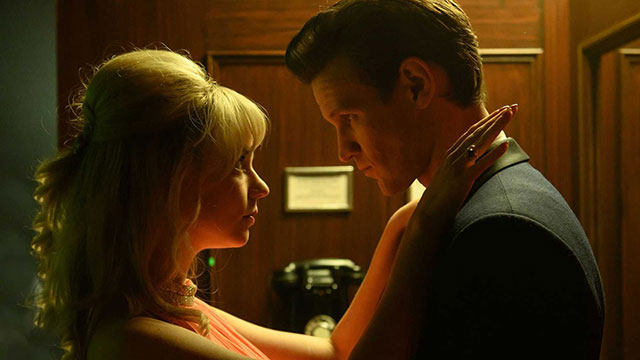
I love the way that you favour music in your movies. In this, you have a balance between the classic sixties pop tracks and Steven Price's original score. Are those musical directions written into the script or is that more of an organic process?
The songs are written in, or at least they're chosen for specific scenes. Sometimes, the songs are linked with bits in the story before a word is even written. The Cafe du Paris sequence features a track by the Graham Bond Organisation. I would hear that song and be able to visualise the scene, not unlike Eloise having the dream. I'd listen to the song and be able to see those images. Then it's a matter of getting those images onto the page.
In terms of working with Steven Price, this is my fourth movie with him. He worked as a music editor and arranger on Scott Pilgrim. He read the script and started doing bits of the music based on that. We had this suite called 'Neon One'. It was 15 minutes of music. We'd start stripping it apart and sometimes we'd play it on the set. I even auditioned some of the actors to Steven Price's music. Then when Steven watched the first edit, he was like, 'Oh wow, you guys got a lot out of this particular bit.' Then he expanded on it.
Steven also never gets precious about us using songs as well. As in Baby Driver, his score builds out of a song. That's something I live. It feels like the entire film is in the same key. It's like when songs are playing and the score is starting. There's a big confrontation scene where Barry Ryan's 'Eloise' is playing, but as things are getting tenser, the score is coming in as well. But they're co-existing. You maybe have forgotten that 'Eloise' is quieter and something else has started in its place.
In the story, there's a ghostly sense of the past reaching out to the present, which is something I always find enjoyably terrifying. Did you draw influence from particular ghost stories or films when it came to making Last Night in Soho?
In some ways, it's the idea of a message from the past trying to get into the future. There's that Nigel Kneale TV movie from the 1970s called The Stone Tape, which I find fascinating. It's not dissimilar. Likewise, in the film Arrival, the haunting is non-linear. The idea that someone can be haunted by something that's happened in the future. I love that. It breaks my brain that one.
The opening song in Last Night in Soho is by Peter Asher and Gordon Waller. Peter is Jane Asher's brother, and I know his daughter, Jane's niece. I remember talking to her, and she'd never seen The Stone Tape, and saying, 'Your auntie is in a great horror TV movie!' There's another movie, a non-horror movie, that I love. It's from 1970 and called Deep End, also starring Jane Asher. It has amazing Soho footage from, presumably, 1969.
But to answer your question, yes, The Stone Tape, and also I love The Innocents. I like the idea of where ghosts are trying to communicate with the present day. There are two main ways to see ghosts. One is in The Innocents and the other is in The Stone Tape. In The Innocents, it's the more traditional idea of ghosts as souls that are left on Earth in purgatory with unfinished business.
The other theory is put forward in The Stone Tape, and it's one that I happen to believe in. In Last Night in Soho, Pauline McLynn's character says of The Toucan pub, "it's haunted by the good times". If you were in a building that was any number of years old, and a murder had occurred in that room, would there be psychic residue left behind? Is there some semblance of the energy of a traumatic event left behind in a room? I would think there is.
My mother is quite supernaturally switched on. She picks up on presences. She's the kind of person who will feel a presence in a room, do her research and say, 'Oh yes the former owned committed suicide in this room.' That's the mother I grew up with. I believe that. Even if you thought it was all hokum, the idea of a murder leaving a trace behind in the air is a potent one. London itself is a place of ghosts. Diana Rigg's character says: "This is London – someone has died in every room in every building in this whole city." I believe that.

Click here to book your tickets for Last Night in Soho, opening in Cineworld cinemas on 29th October.
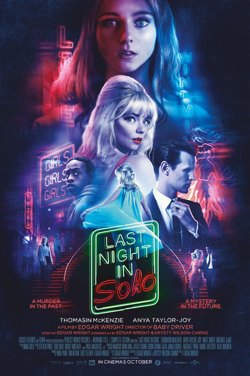
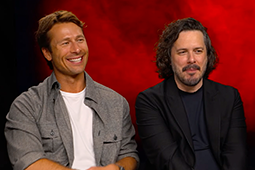
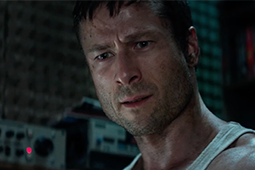
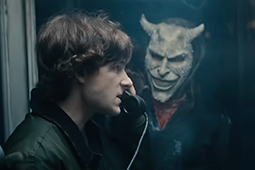
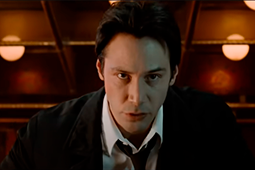
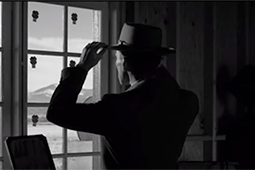

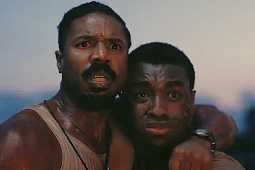
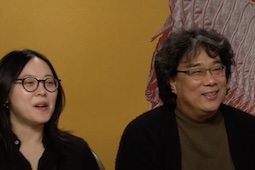
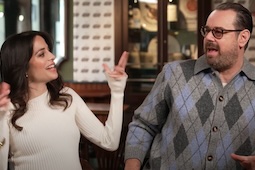
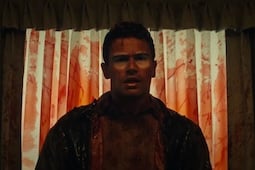
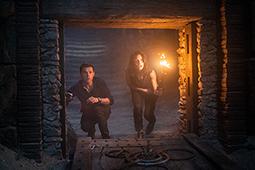

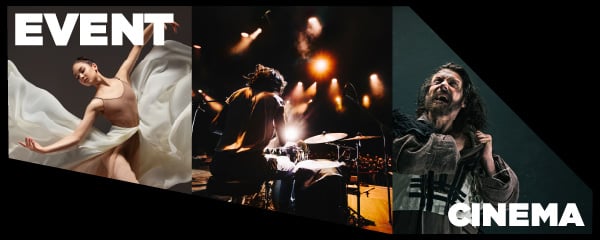
.jpg)
.png)

